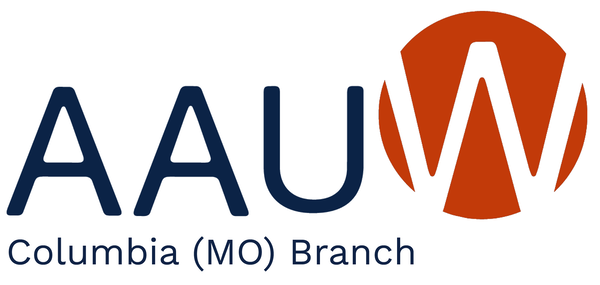Linda Godwin (1952 – )
Dr. Linda Godwin is a scientist and astronaut. She completed several important space missions. She has taught many young people the importance of looking ahead, aiming high, and taking risks.
Childhood and Education
Linda Maxine Godwin was born on July 2, 1952, in Cape Girardeau, Missouri, and grew up in nearby Jackson. From a young age, Linda was interested in math and science. “I grew up watching a lot of the early U. S. space programs,” says Linda. She saw the Mercury, Gemini, and Apollo space flights on television. These National Aeronautics and Space Administration (NASA) programs fueled Linda’s interest in science. Her classroom science teachers kept her interested and curious.
Linda graduated from Jackson High School in 1970. From there she went to Southeast Missouri State for college and graduated in 1974 with a degree in math and physics. During college Linda started thinking about becoming an astronaut. She found out what degrees she would need to get into the NASA program. Then, without taking a break, Linda went to the University of Missouri to complete a Master of Science degree in 1976 and a doctorate in physics in 1980.
Becoming an Astronaut
Dr. Linda Godwin joined NASA in 1980. She worked as a payload officer in the Payload Operations Division. A payload is anything carried by a rocket that is not essential to its flight operations, such as cargo, spacelabs, and passengers.
In 1985, Linda was selected by NASA to be an astronaut candidate. She trained for a year and, in 1986, became an astronaut. In her career as a mission specialist, Linda experienced four space flights. She logged over 38 days in space, including over ten hours on two spacewalks.
NASA Missions
Linda’s first mission was STS–37 Atlantis. It was conducted from April 5–11, 1991. During the 93 orbits of this mission, the crew set in place the Gamma Ray Observatory (GRO) to study gamma ray, or electromagnetic radiation, sources in the universe. Among other things, Atlantis carried amateur radio equipment. Several hundred voice contacts were made with amateur radio operators around the world.
STS–59 Endeavour, the Space Radar Laboratory (SRL) mission, was Linda’s second mission. It took place from April 9–20, 1994. SRL consisted of three large radars and a carbon monoxide sensor that were used to study the Earth’s surface and atmosphere. Linda orbited the Earth 183 times.
Linda’s third mission, STS–76 Atlantis, ran from March 22–31, 1996. It was the third docking mission to the Russian space station Mir. Linda helped transfer a NASA astronaut to Mir for a 5-month stay. She also transferred 4,800 pounds of science and mission hardware, food, water, and air to Mir. It was the first flight of Kidsat, an electronic camera controlled by classroom students via a Ku-band link between Johnson Space Center Mission Control and the shuttle.
STS–108 Endeavour was Linda’s final mission. Running from December 5–17, 2001, this mission was the twelfth shuttle flight to visit the International Space Station. Linda used the shuttle’s robotic arm to install the Multi-Purpose Logistics Module (MPLM) onto the Station Node.
Educational Outreach
Linda is a welcome speaker at schools and colleges. She shows video clips from her shuttle launches, spacewalks, and daily life as a mission specialist. Sometimes the pictures are funny because of the weightlessness in outer space. Linda talks about how take offs are “rumbly,” but “not as violent as a roller coaster.” She says that she likes to eat goldfish crackers in space “because they don’t make a lot of crumbs.” About “space hair,” or hair that sticks straight up, Linda says, “It’s probably best to be bald or have really short hair.”
Linda explains how important the space program is. She encourages young people to think about how they, too, can help NASA. “We need people who can do all sorts of things,” Linda says. “Even figure out how to make better fuel so we can get to places faster. When we go to Mars, we’d rather it not take six months to get there.”
Linda also talks about the risks of being an astronaut. Tragedies have occurred at different times in NASA’s history. But Linda believes that, despite the disasters, space exploration must go on. “Every time something happens, you should step back and say ‘How can I make this better?’”
An Inspiring Scientist and Astronaut
Linda Godwin is an inspiring scientist and astronaut. She has made a difference in the NASA space program. She lives in Houston, Texas, with her husband Steven Nagel who is also an astronaut. They have two daughters. She announced plans to retire from NASA in September 2010.
Research and Text by Carlynn Trout
Reference
McCandless, Perry and William E. Foley. Missouri Then and Now. 3rd ed. Columbia, MO: University of Missouri Press, 2001. pp. 351–52.
Internet Resources
http://www.jsc.nasa.gov/Bios/htmlbios/godwin.html
http://www.womenscouncil.org/cd_web/Godwin.html
